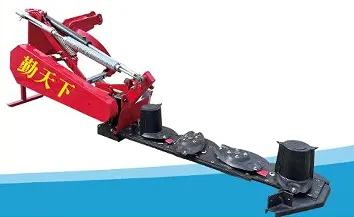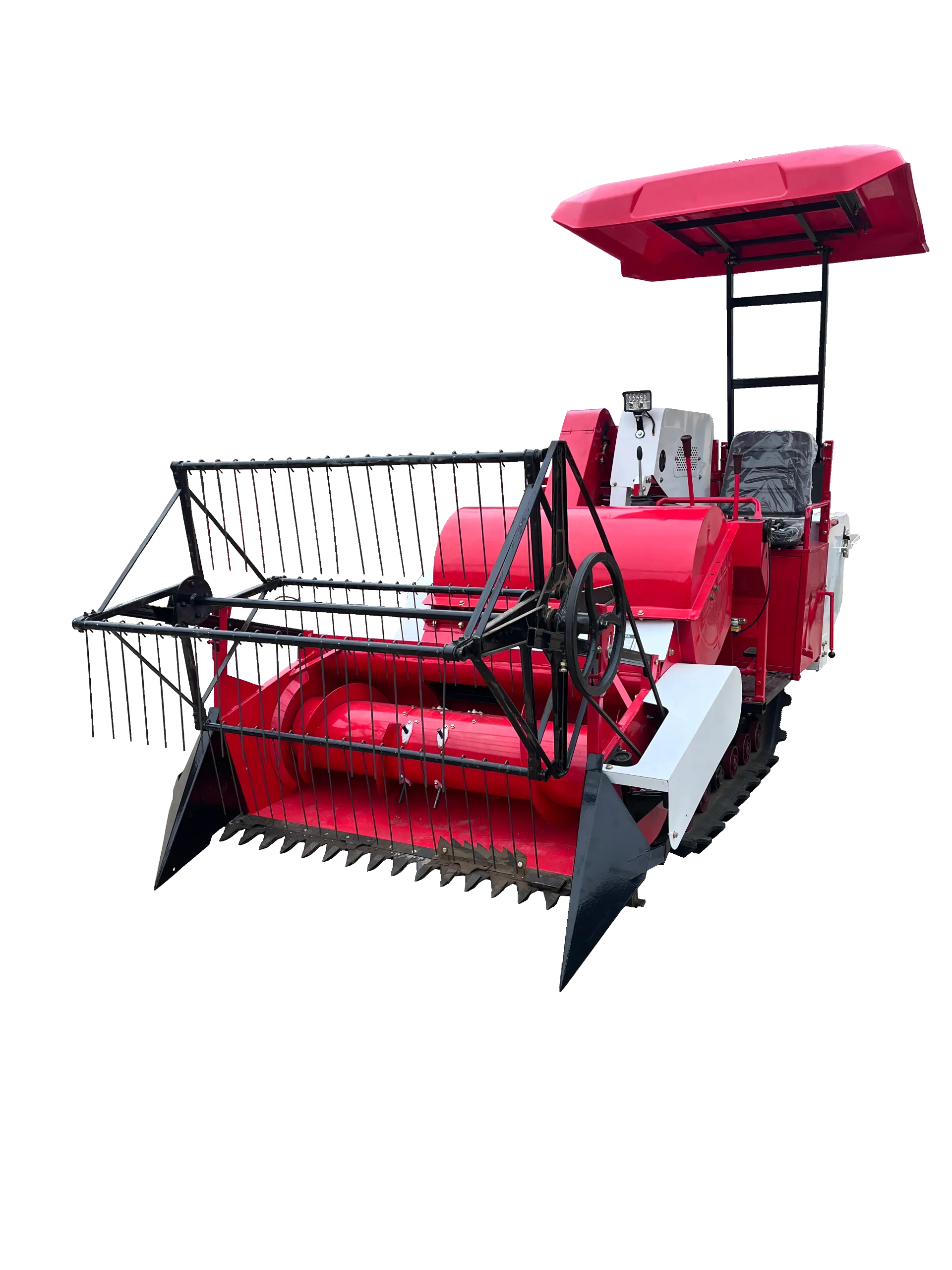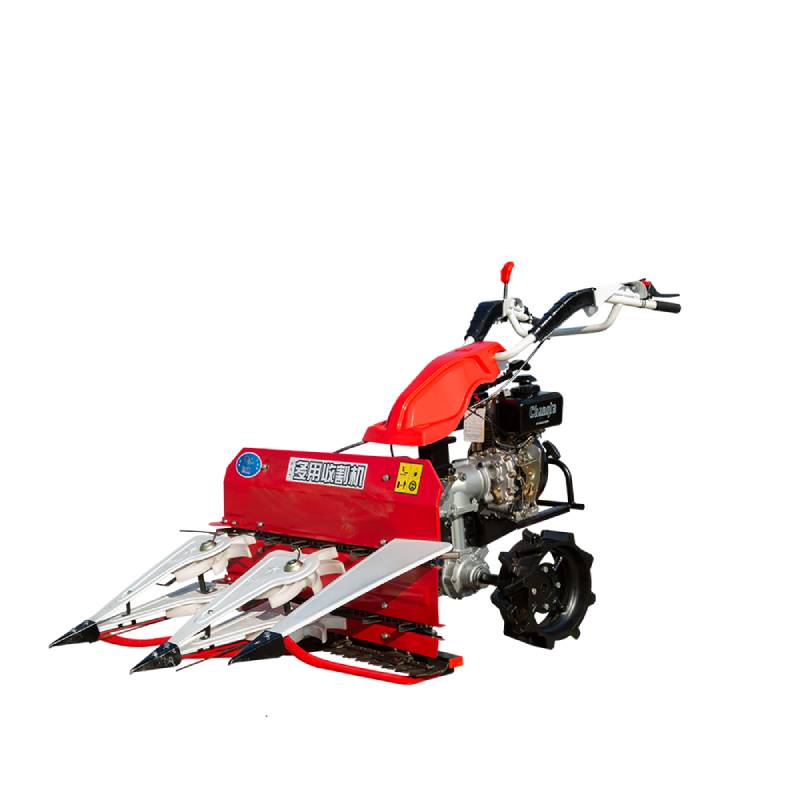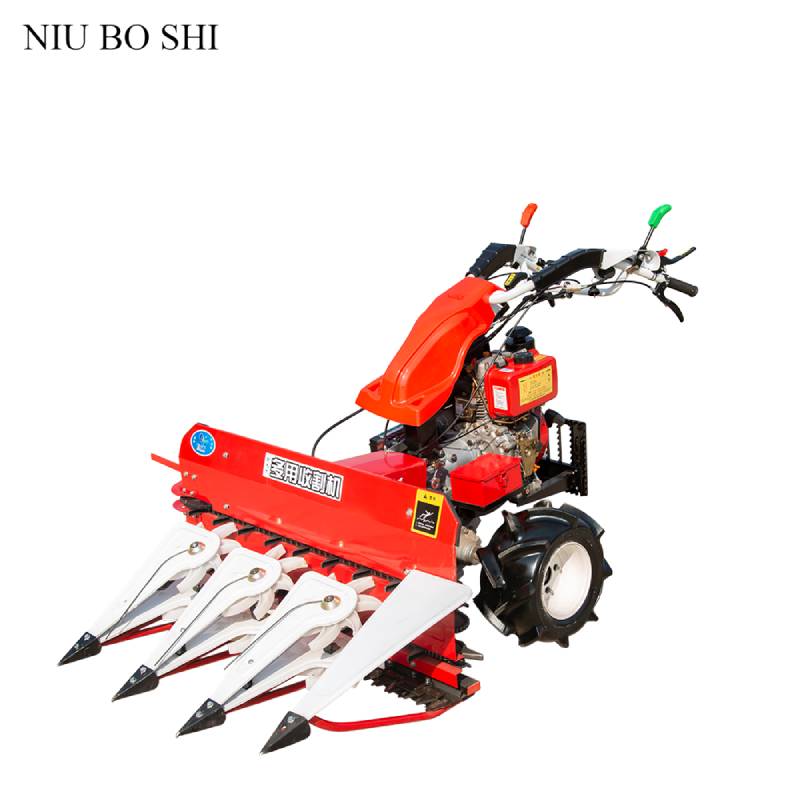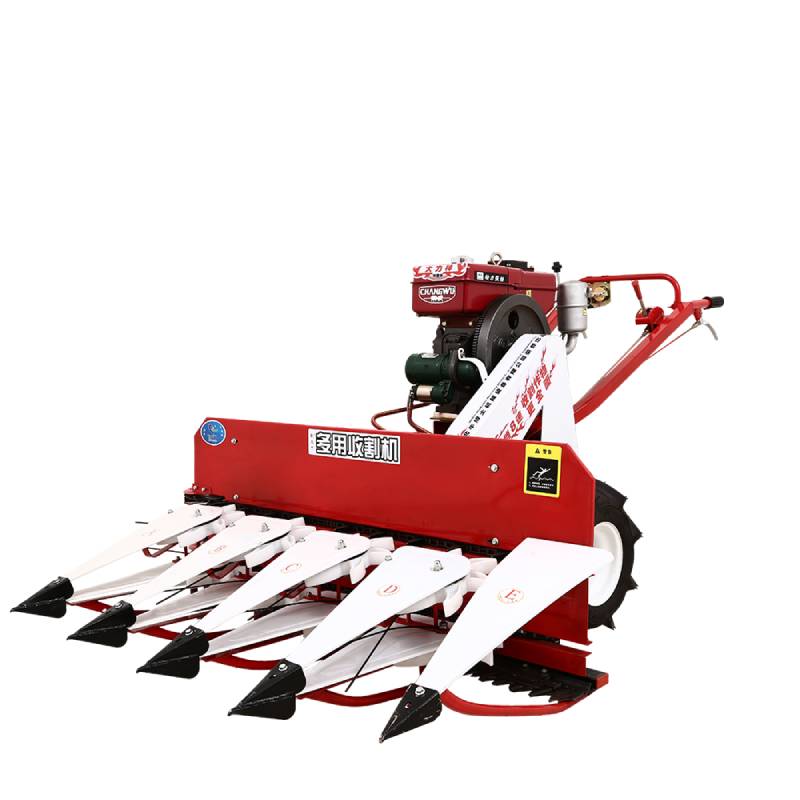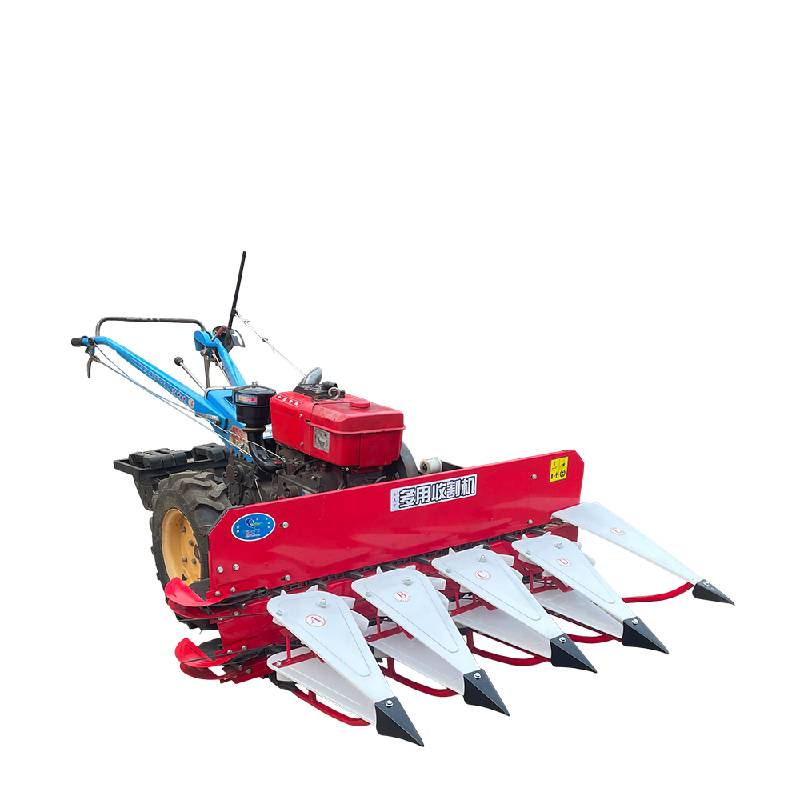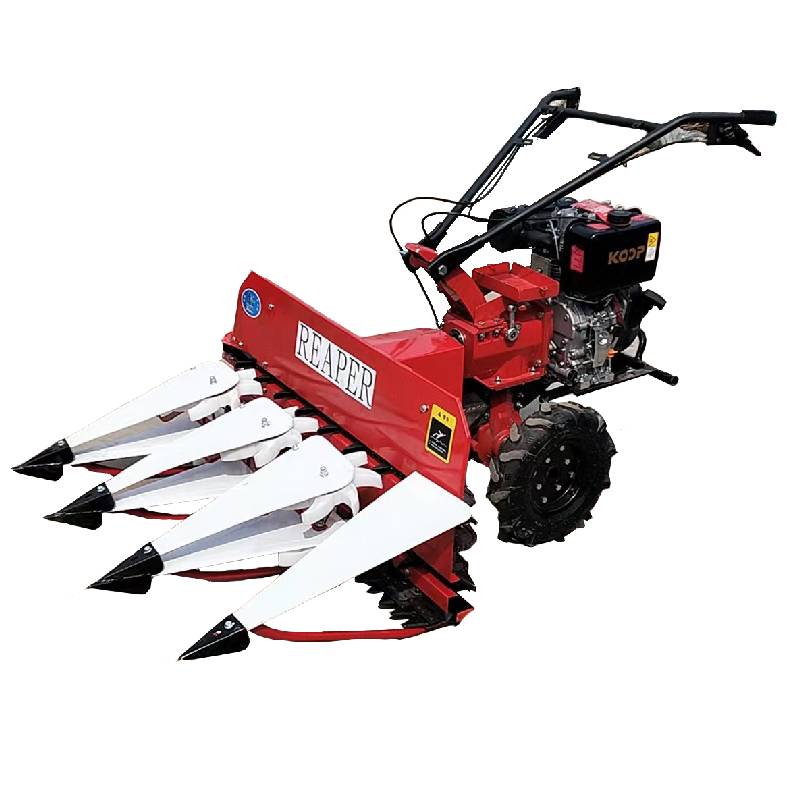Innovative Design for Tractor-Mounted Reaper Binder Enhancing Efficiency in Agricultural Harvesting Operations
The Tractor-Mounted Reaper-Binder Revolutionizing Agriculture
In the ever-evolving landscape of agriculture, efficiency and productivity are paramount. Among the myriad of innovations that have emerged, the tractor-mounted reaper-binder stands out as a game-changer in the harvesting process. This agricultural implement seamlessly combines the functionalities of reaping and binding, streamlining operations and enhancing the productivity of farmers worldwide.
Historical Context
To understand the significance of the tractor-mounted reaper-binder, one must first consider the traditional methods of harvesting crops. Historically, harvesting was a labor-intensive process, often requiring large teams of workers equipped with sickles or scythes. These methods were not only time-consuming but also physically demanding, leading to inefficiencies and higher operational costs. The introduction of mechanized harvesting equipment marked a pivotal moment in agricultural history, with machines progressively replacing manual labor.
The first reapers were developed in the early 19th century, utilizing horse-drawn mechanisms. However, it was not until the advent of tractors in the 20th century that the true potential of mechanized harvesting could be fully realized. The tractor-mounted reaper-binder emerged as a key innovation, allowing for greater speeds and efficiency in the field.
Mechanics and Functionality
At its core, the tractor-mounted reaper-binder combines two critical functions cutting and binding. The reaper component consists of sharp blades that cut the standing crops, typically grains like wheat, rice, or barley. As the machine moves through the field, the cutting mechanism efficiently gains speed and precision, ensuring a clean harvest.
Once the grain is cut, the binding process begins. The reaper-binder uses a system of twine or wire to bundle the cut stalks into manageable sheaves, which can be easily transported and stored. This dual functionality significantly reduces the time and labor required during harvest and minimizes crop losses that can occur during manual handling.
tractor mounted reaper binder
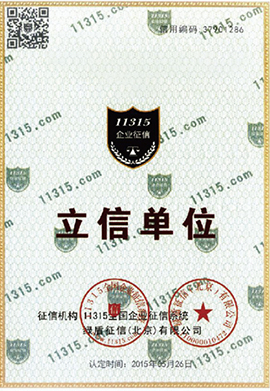
Advantages for Farmers
The advantages of the tractor-mounted reaper-binder are manifold. First and foremost, it drastically reduces the time required for harvesting. What once took days or weeks to accomplish can now be completed in a matter of hours. This time-saving capability allows farmers to devote resources to other critical tasks on their farms, enhancing overall productivity.
Additionally, the automation of the reaping and binding processes reduces the dependency on labor. The agricultural labor market can often be unpredictable, with fluctuations in available workforce during peak seasons. By investing in a tractor-mounted reaper-binder, farmers can mitigate the risks associated with labor shortages.
Moreover, this equipment contributes to improved crop quality. The precision of mechanized harvesting minimizes damage to crops, reducing wastage and ensuring that more of the harvest can be sold or consumed. Furthermore, the ability to harvest at the optimal time can enhance grain quality, which is crucial for both marketability and storage.
Conclusion
As the agricultural sector adapts to challenges such as labor shortages, climate change, and the need for sustainable practices, innovations like the tractor-mounted reaper-binder play an essential role. By streamlining harvesting operations, reducing labor costs, and improving crop quality, this machine epitomizes how technology can transform traditional practices.
Overall, the tractor-mounted reaper-binder is not just a tool but a symbol of progress in modern agriculture. As farmers continue to seek ways to enhance their productivity and efficiency, such innovations will undoubtedly remain at the forefront of agricultural development, shaping the future of farming.
Latest news
-
When to Upgrade Your Old Forage HarvesterNewsJun.05,2025
-
One Forage Harvester for All Your NeedsNewsJun.05,2025
-
Mastering the Grass Reaper MachineNewsJun.05,2025
-
How Small Farms Make Full Use of Wheat ReaperNewsJun.05,2025
-
Harvesting Wheat the Easy Way: Use a Mini Tractor ReaperNewsJun.05,2025
-
Growing Demand for the Mini Tractor Reaper in AsiaNewsJun.05,2025

